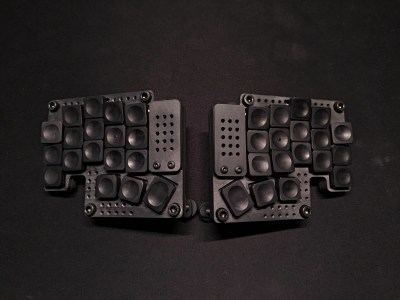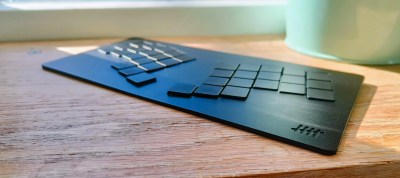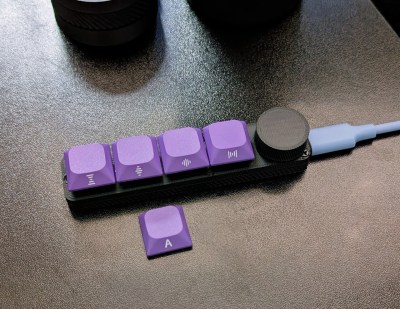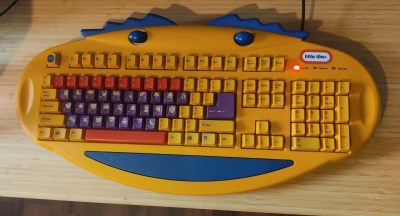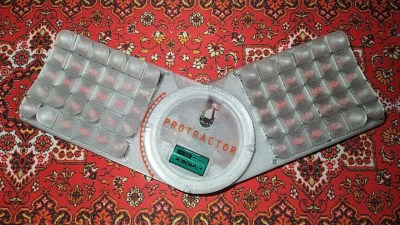Can you teach an old typewriter new tricks? You can, at least if you’re [maniek-86]. And a word to all you typewriter fanatics out there — this Optima SP 26 was beyond repair, lacking several internal parts.
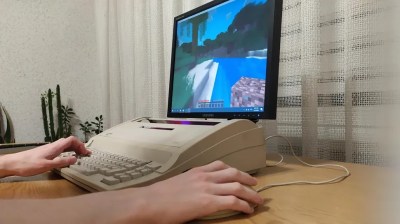
But let’s talk about the keyboard. It has a standard matrix, which [maniek-86] hooked up to an Arduino Lenoardo. Although the keyboard has a Polish layout, [maniek-86] remapped it to English-US layout.
As you’ll see in the photos of the internals, this whole operation required careful Tetris-ing of the components to avoid overheating and ensure the cover could go back on.
The graphics were a bit of a challenge, since the motherboard had no PCI-E x16 slot. To address this, [maniek-86] used a riser cable, probably connected to a PCI-E x1 slot with an adapter, in order to use an NVIDIA GT 635 GPU. It can’t run AAA games at 4k, but you can bet that it’ll play Minecraft, Fortnite, or Dota 2 just fine.
Continue reading “Keebin’ With Kristina: The One With The Gaming Typewriter”


